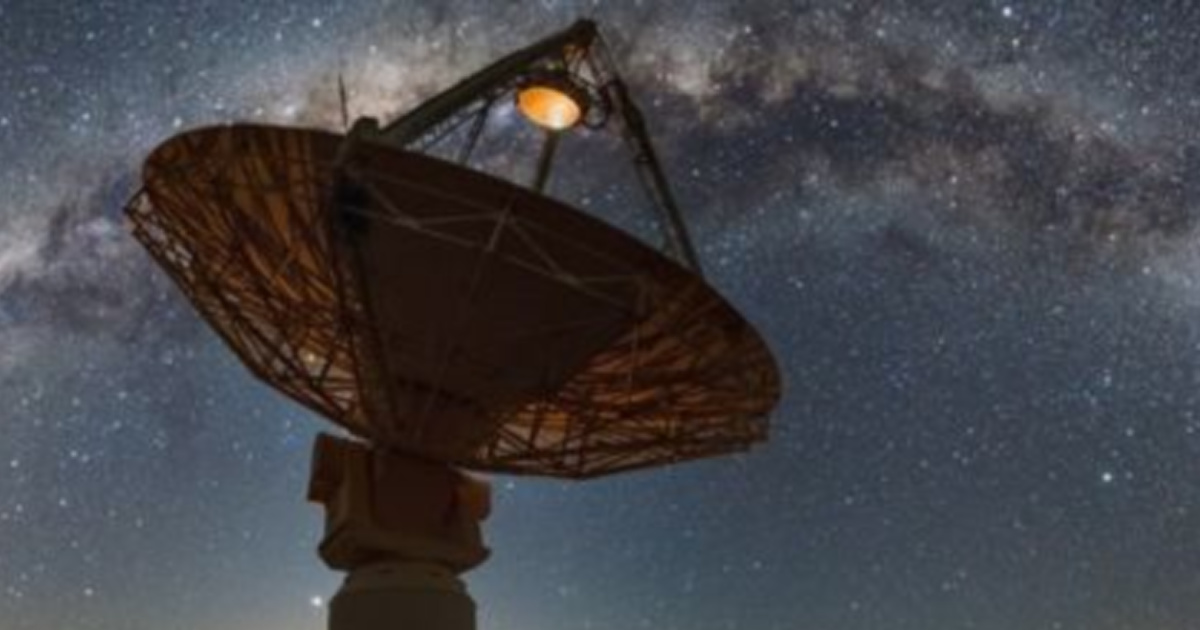
The cool thing about exploring space is that we’re always learning something new.
It seems like every week, every month, something cool and exciting shows up with our new and powerful telescopes.
This week is no exception, with this new signal and unique stellar behavior giving scientists something to mull over.
Neutron stars form when massive stars collapse on themselves and then explode. They leave behind a dense object that usually spins very fast, emitting pulses of radio waves in the process.
Researchers are saying they’ve discovered a radio-emitting neutron star that is too slow to be included in our current understanding.
The neutron star is ASKAPJ1935+2148, and has a period of 53.8 minutes with 3 emission states.
One is a bright pulse of radio waves lasting between 10 and 50 seconds, another is a weak pulse that is 26 times fainter lasting for 370 milliseconds, and then a quiescent period.
Lead author on the study, Dr. Manisha Caleb, issued a statement about the observation.
“It is highly unusual to discover a neutron star candidate emitting radio pulsations in this way. The fact that the signal is repeating at such a leisurely pace is extraordinary.”
The two pulses have evolved over eight months of observations, with the quiet period in between the two. The researchers believe this is evidence that whatever is causing the emission is in the process of some kind of change.
It was discovered with the ASKAP telescope in Western Australia.
“What is intriguing is how this object displays three distinct emission states, each with properties entirely dissimilar from the others. The MeerKat radio telescope in South Africa played a crucial role in distinguishing between these states. If the signals didn’t arise from the same point in the sky, we would not have believed it to be the same object producing these different signals.”
Astronomers aren’t quite sure how they produce radio emissions, and there is no theory that explains all behavior in all instances.
They’re no longer certain this even is a neutron star; it could be a white dwarf with an exceptional magnetic field.
They’re never found anything like that, but physicists say it could exist.
“It might even prompt us to reconsider our decades-old understanding of neutron stars or white dwarfs; how they emit radio waves and what their populations are like in our Milky Way galaxy.”
More observations are necessary, which I’m convinced is actually something scientists love to hear.
So here’s to that.
If you thought that was interesting, you might like to read about a second giant hole has opened up on the sun’s surface. Here’s what it means.